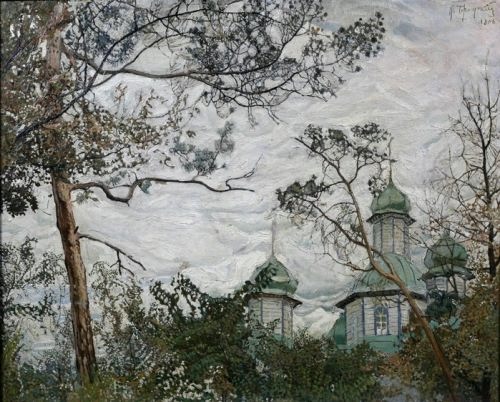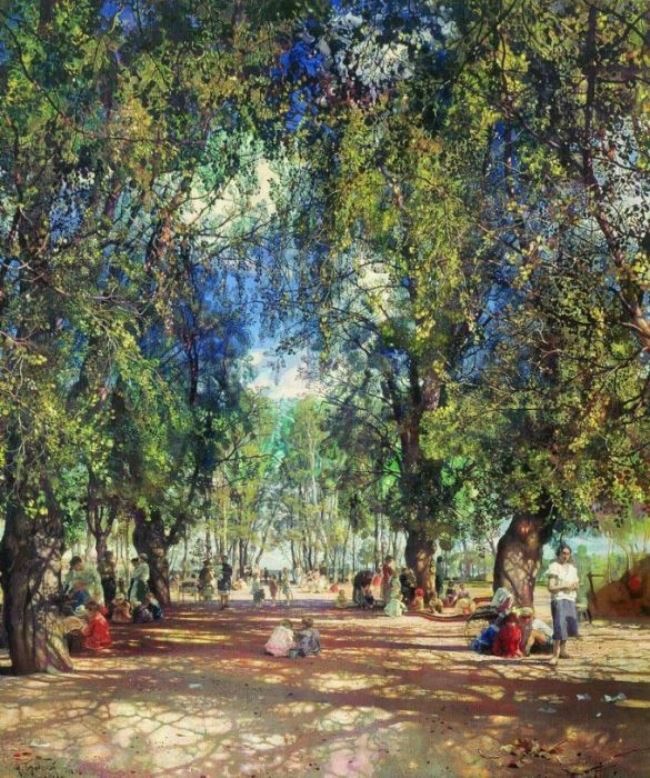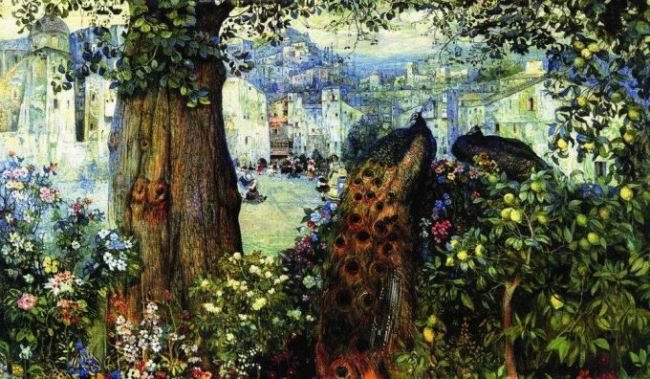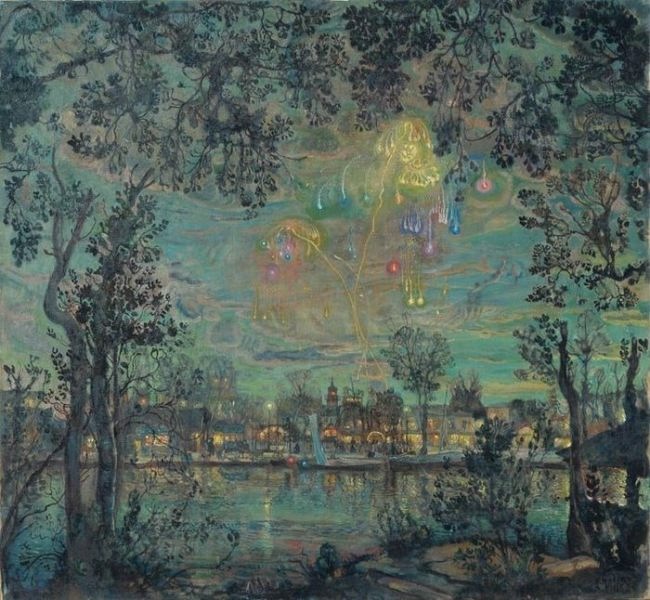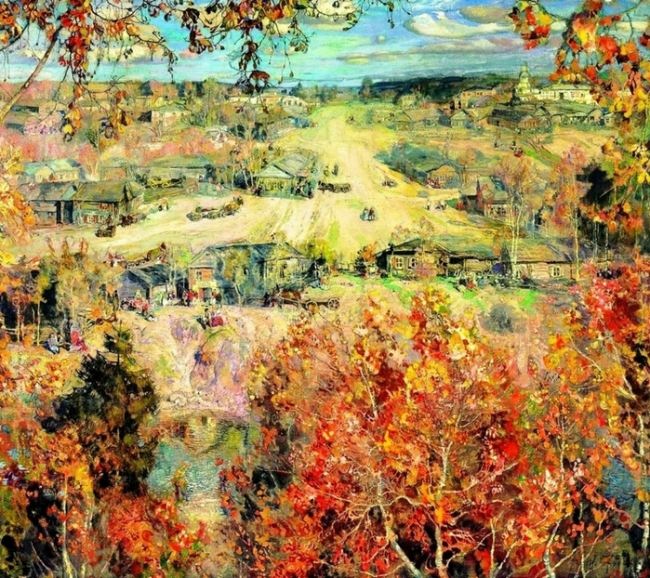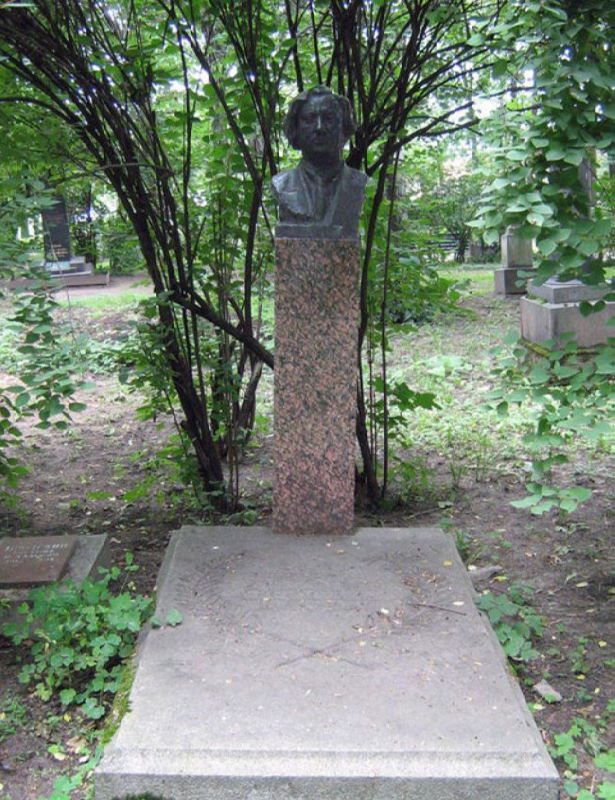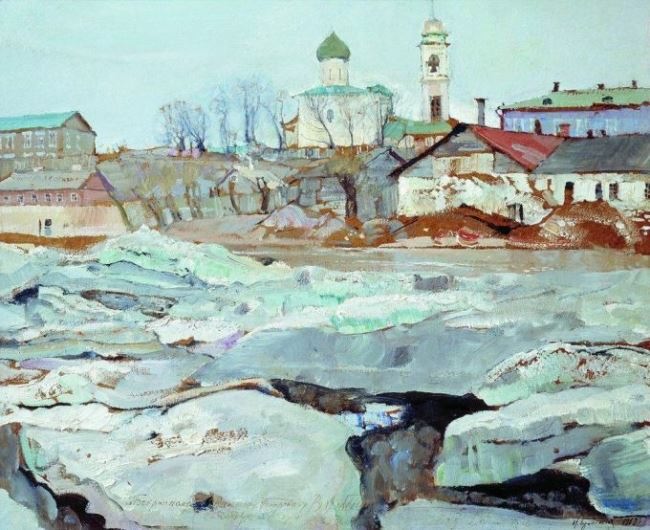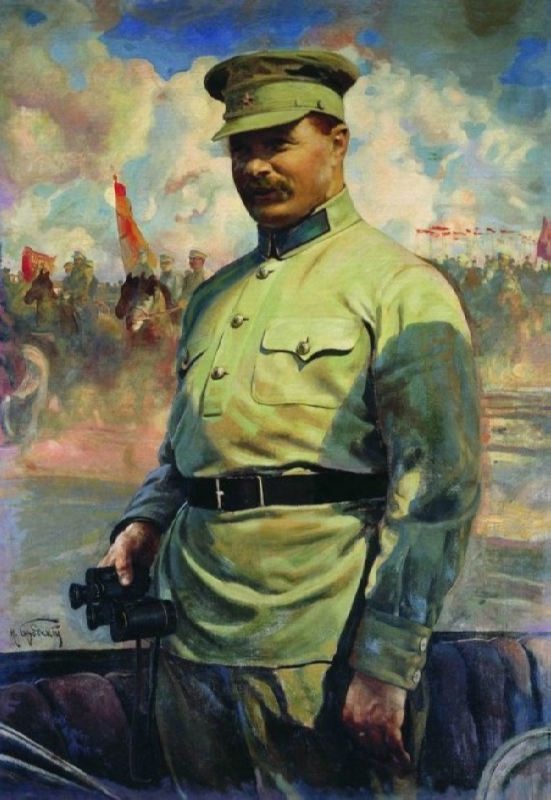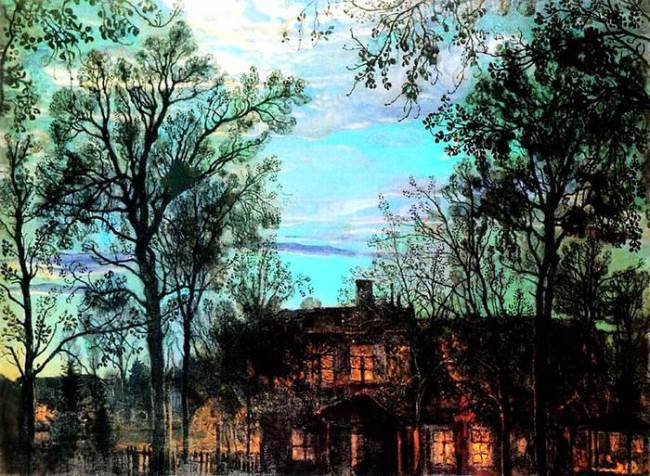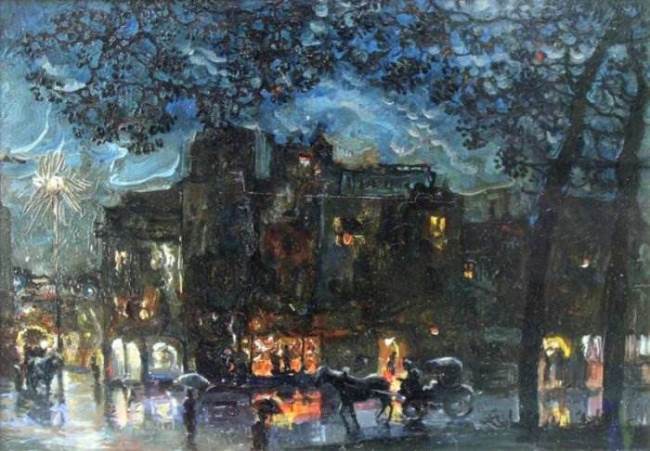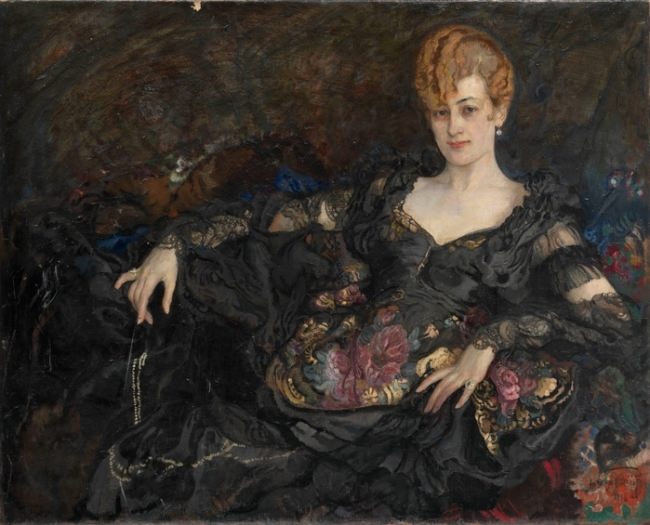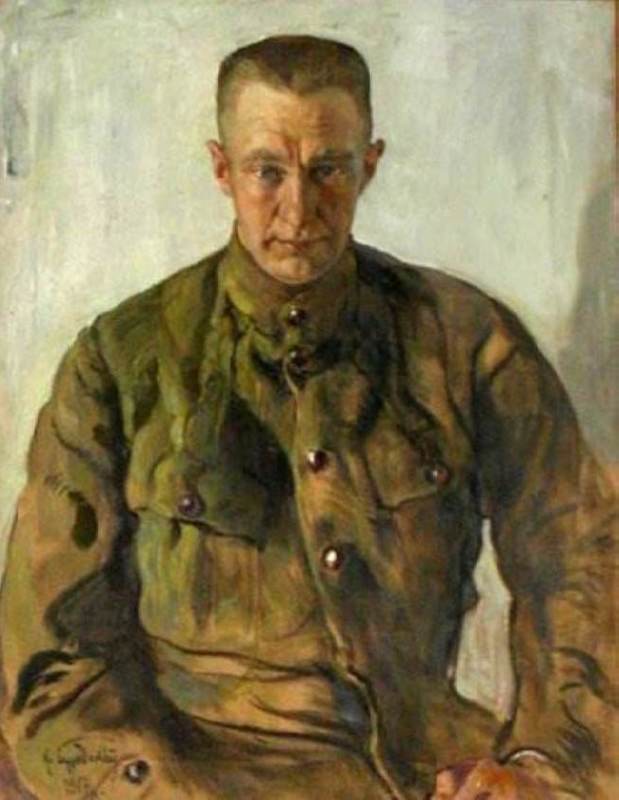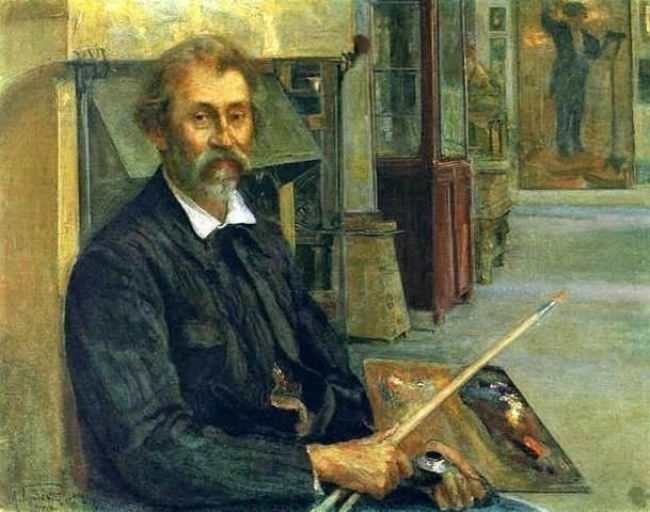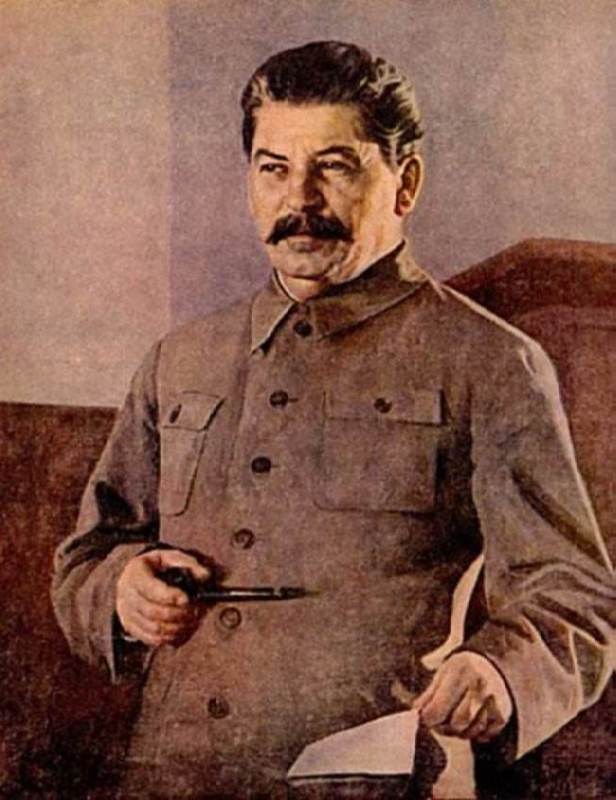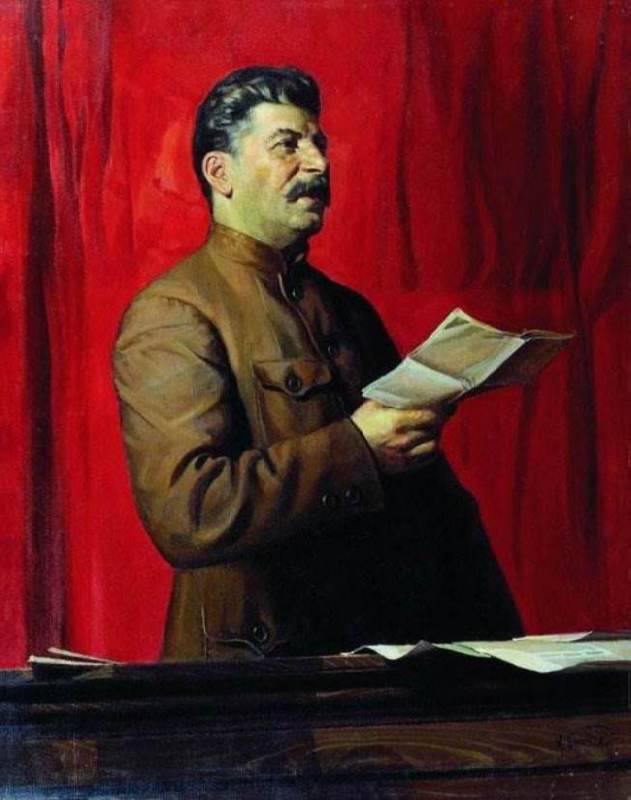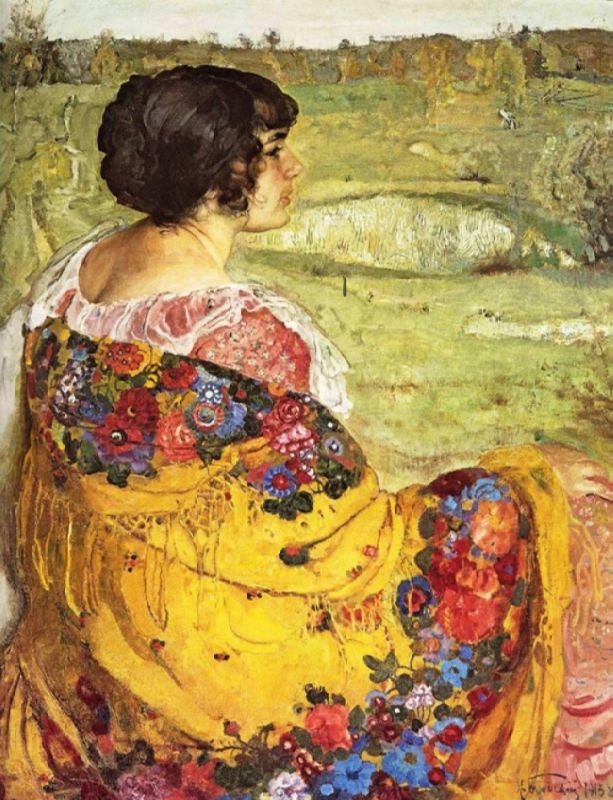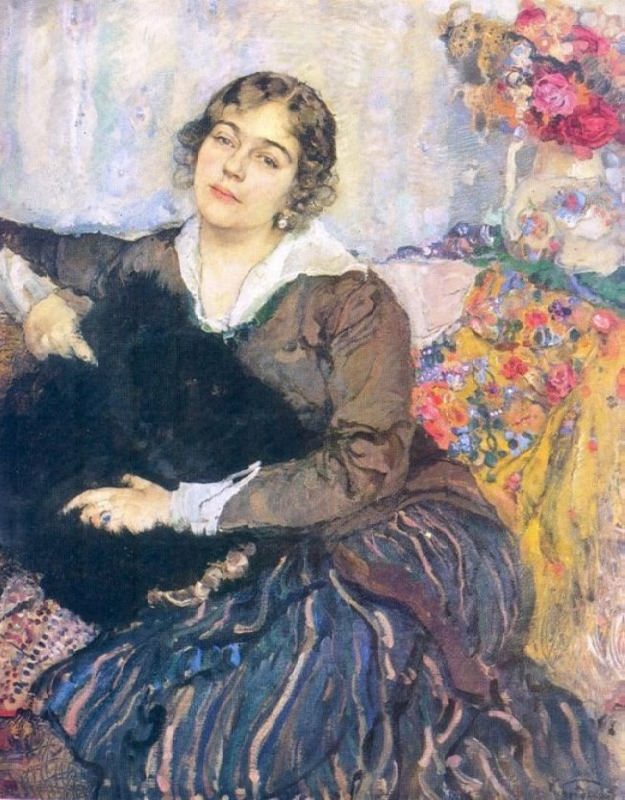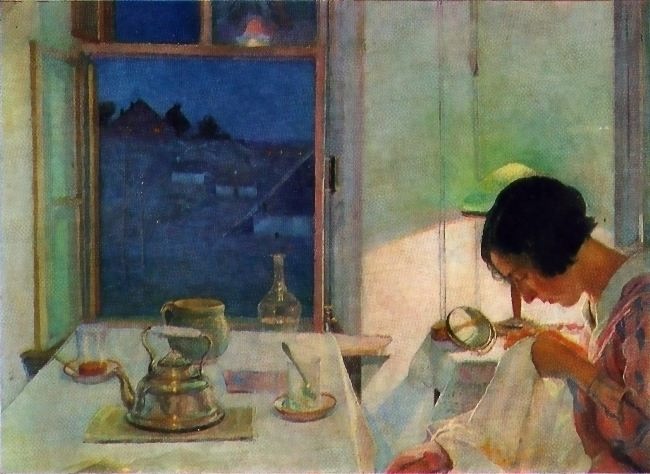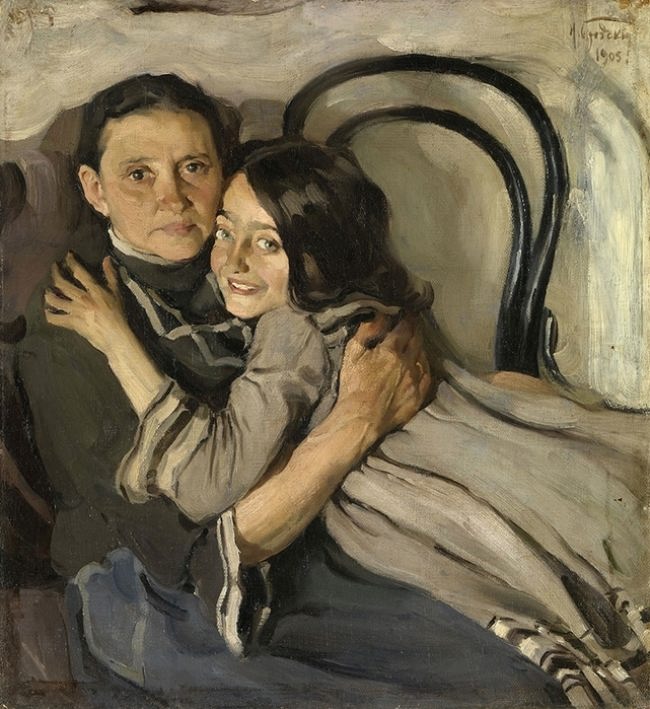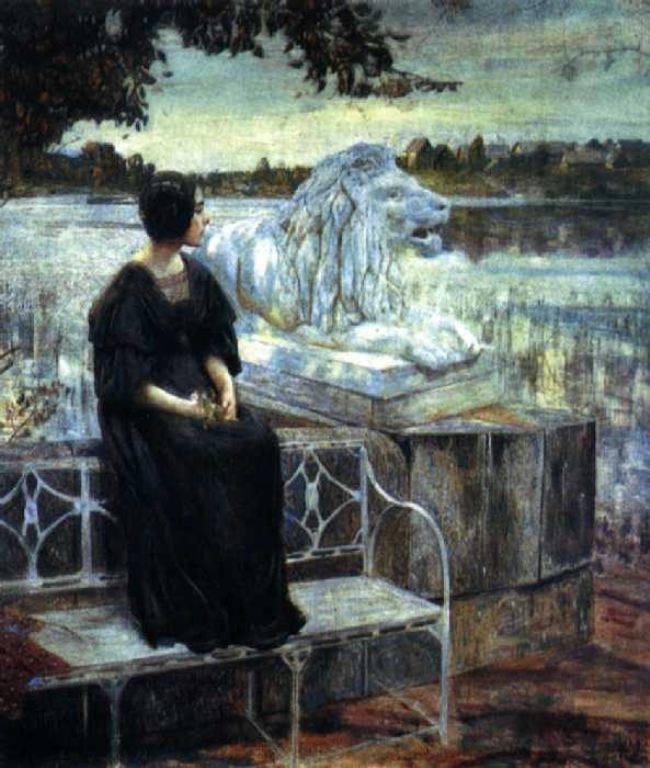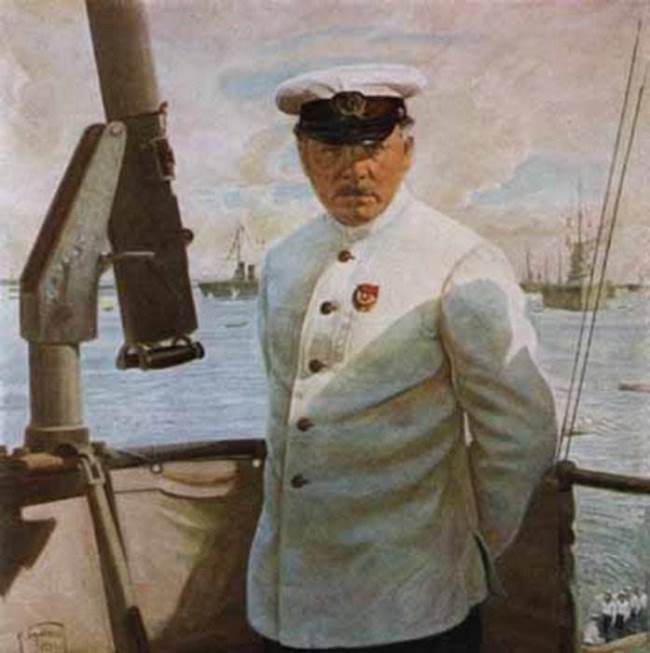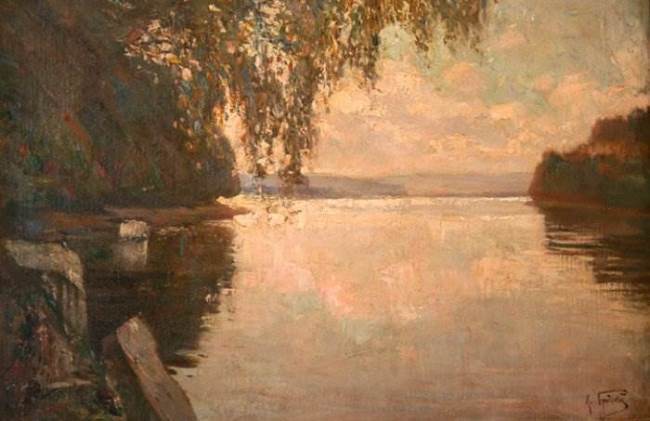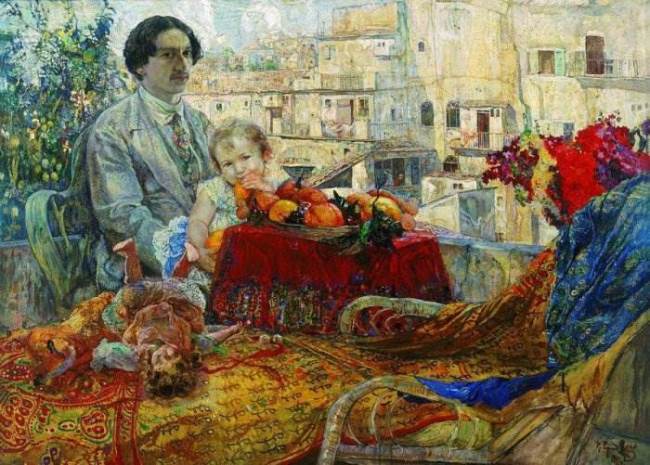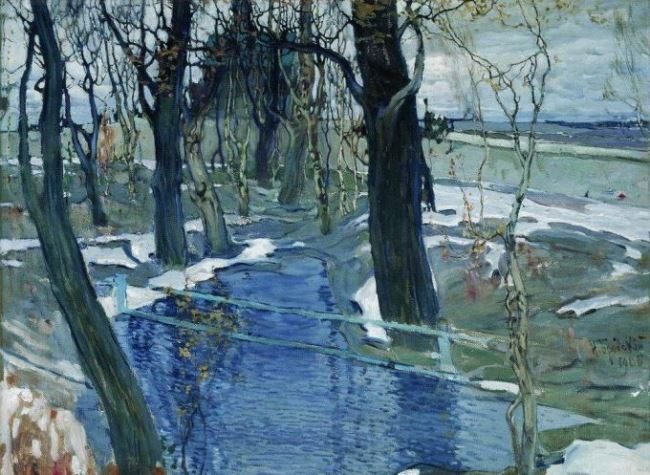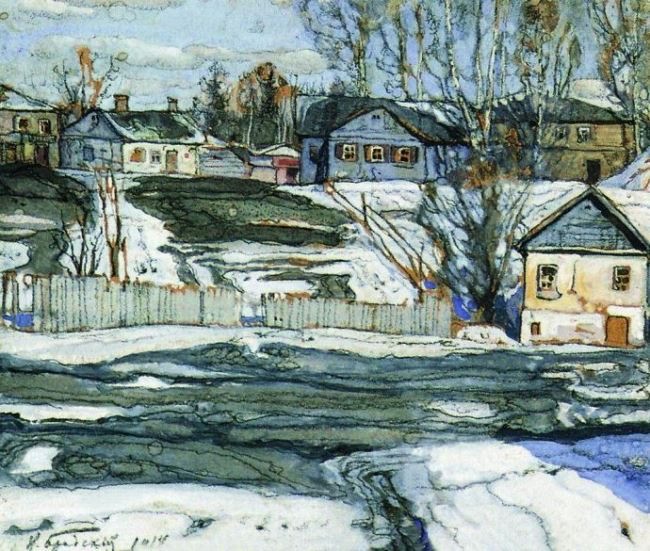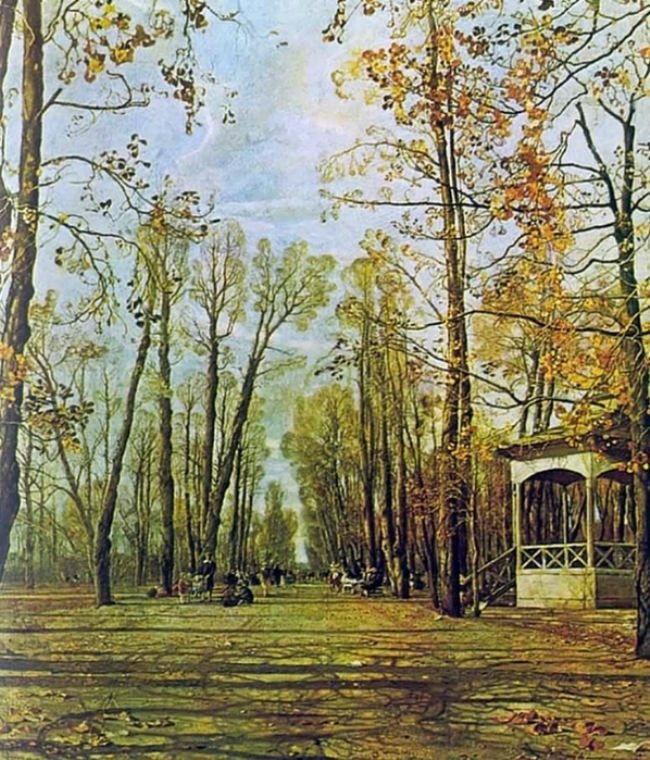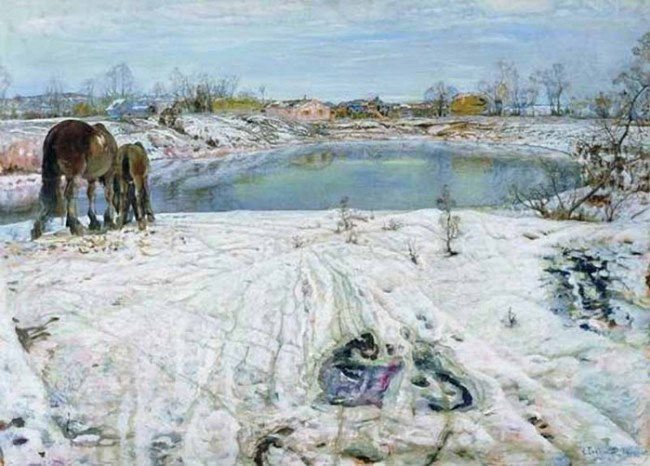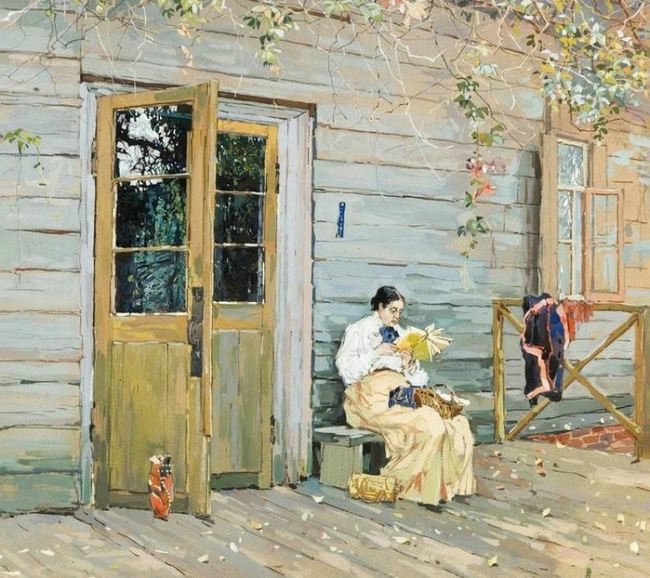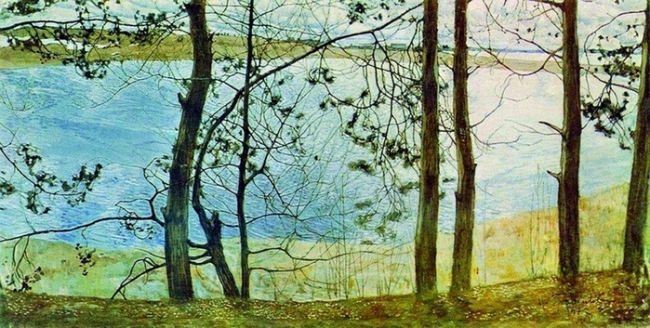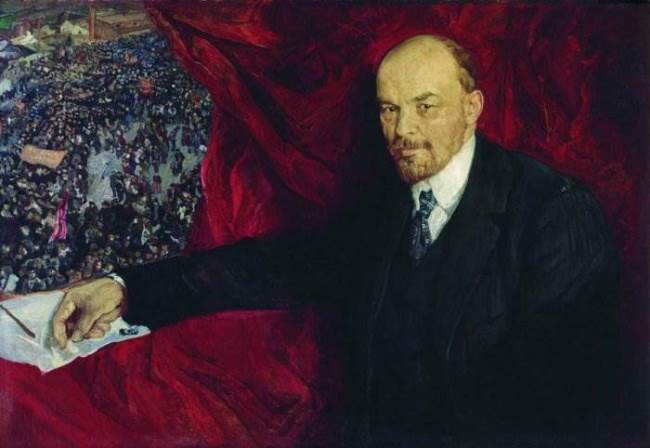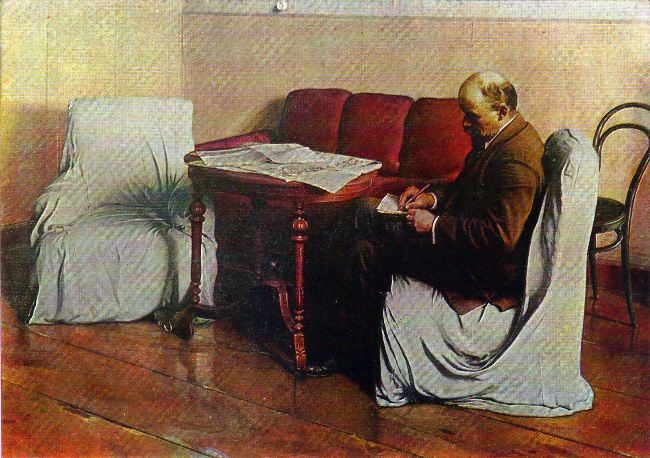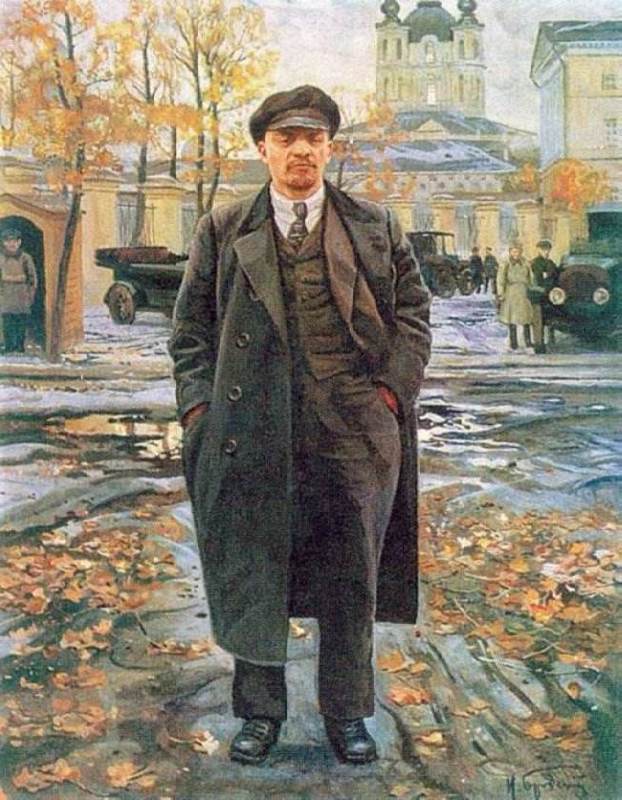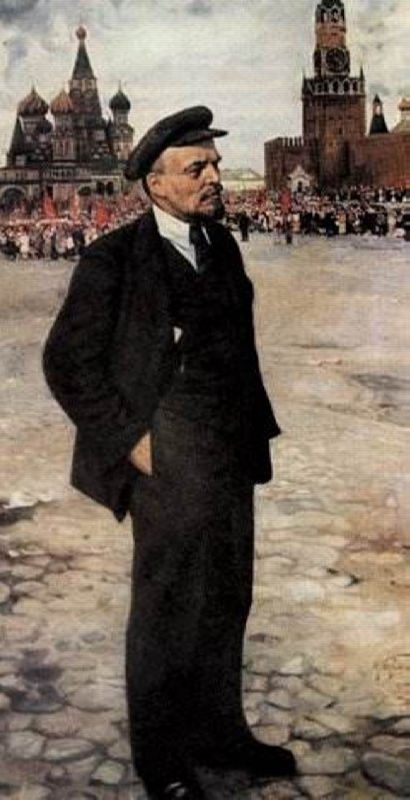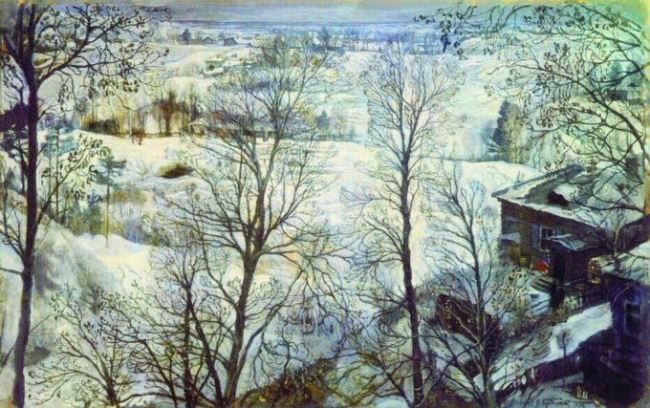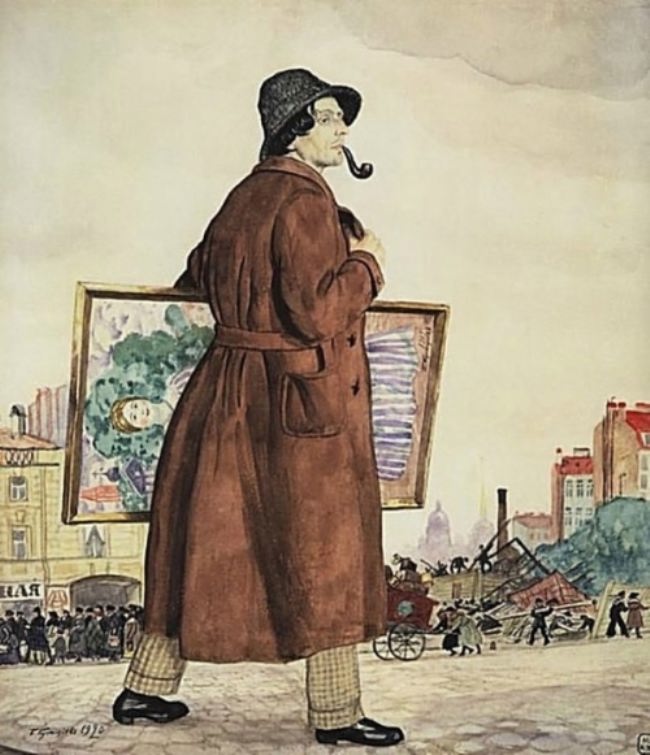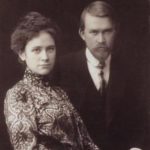Soviet paintings by Isaak Brodsky
Isaak Brodsky was a Soviet and Russian painter and graphic artist, teacher and organizer of art education, Honored Artist of the RSFSR (1932), one of the main representatives of the realistic trend in Soviet painting of the 1930s, the author of an extensive Lenininiana.
Isaak Izrailevich Brodsky was born on December 25, 1883 (January 6, 1884) in the village of Sofievka near Berdyansk (at that time – Tavricheskaya gubernia, now – Zaporozhye region of Ukraine). The boy was born into a Jewish family. His father was a merchant and landowner, merchant of the second guild of the city of Nogaysk, Taurida Gubernia. His younger sister Raisa (1894-1946) was a musician, a graduate of the St. Petersburg Conservatory.
From his childhood Isaak showed a talent for painting. In 1896 he graduated from the Berdyansk City College. From 1896 to 1902 he studied at the Odessa Art College. Then he moved to St. Petersburg and continued his studies at the Academy of Arts. For five years he studied at the Academy with I. Repin. In 1909-1911, he traveled to Germany, France, Spain and Italy, in particular, visited M. Gorky on the island of Capri.
Before the October Revolution of 1917 and in the 1920s, Brodsky participated in exhibitions at the Academy of Arts, was an exhibitor of the Association of South Russian Artists, Association of Traveling Art Exhibitions, Communities of Artists.
In the summer of 1917 he began a portrait of Alexander Kerensky (he finished it in 1918, when the Provisional Government was overthrown), and after the October Revolution he actively painted portraits of Bolshevik leaders. Brodsky worked hard to create images of Soviet leaders, primarily V.I. Lenin and J.V. Stalin, as well as Lunacharsky, Voroshilov, Frunze, Kalinin, Zinoviev and others.
In addition, Brodsky was engaged in the reorganization of art education in the USSR. Since 1932 he was a professor, and since 1934 – a director of the All-Russian Academy of Arts. He headed the Leningrad Institute of Painting, Sculpture and Architecture and invited great artists and teachers.
Brodsky died on August 14, 1939 in Leningrad. He was buried at Volkovsky Cemetery.
His paintings are rightfully considered a classic of socialist realism.
